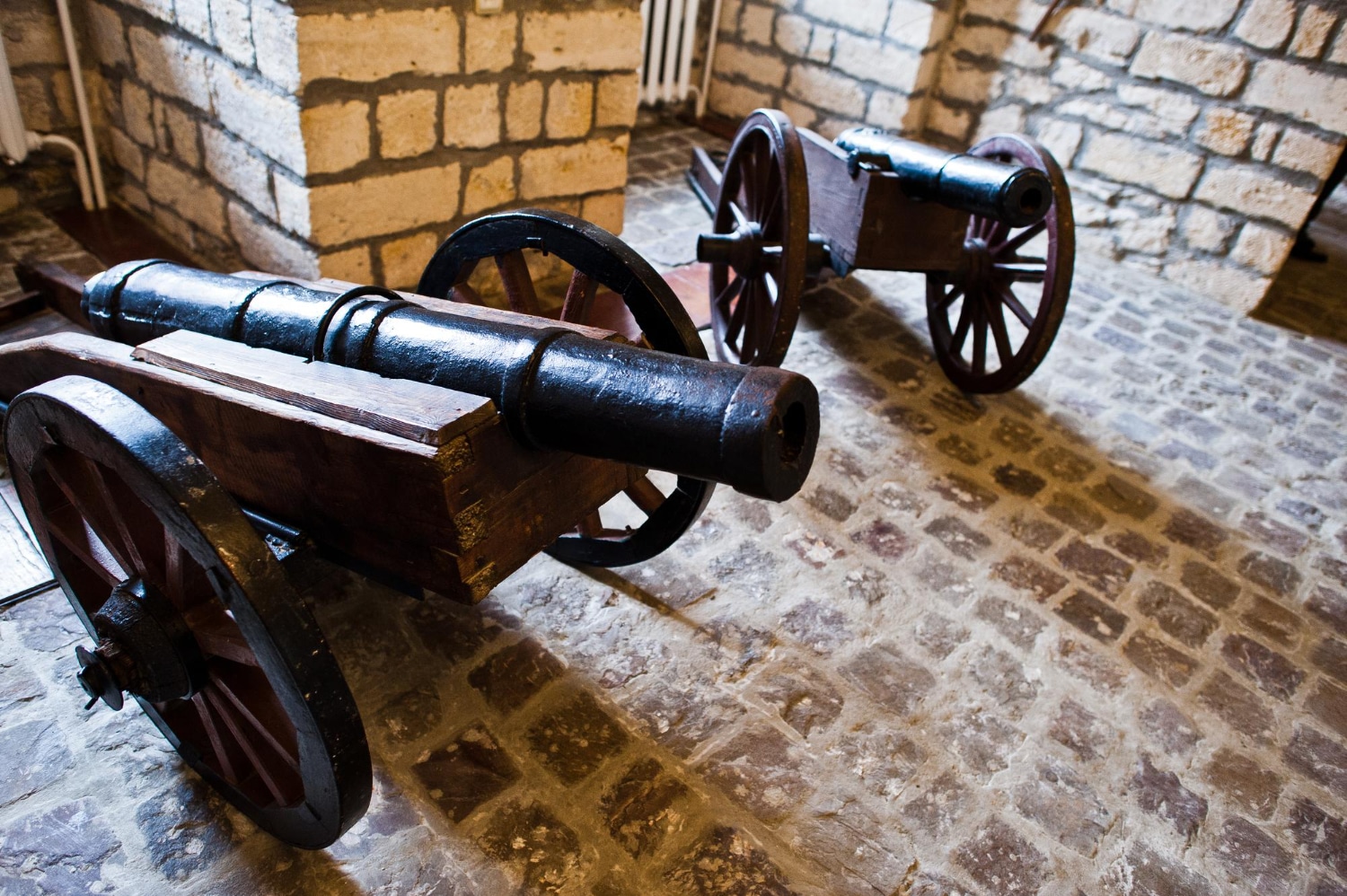marathag
Banned
Took the Austrians 5 years to field the 305mm Mortars made by Skoda, and for Krupp to develop theri larger own design of a 305mm Mortar took four years, that after testing, decided a larger unit was needed for the latest improvements that the French had done to upgrade their Fortresses, and resulting in the larger 420mm M-Gerät, that took a bit over two yearsHow long would it take to create artillery that could conquer the fortresses of Liege, for the French?
The closest the French had before the War, were the de Bange 270 mm Mortier mle 1889.

Artillerie française de 1874 à 1914 : Toute l'évolution
Au cours de la période allant de 1874 à 1914, l'artillerie française a connu des changements majeurs qui ont façonné son rôle sur le champ de bataille.